Supply chain and shipping management have become increasingly important in today’s connected world. SCSC Tracking (Supply Chain Shipping Container tracking) plays a vital role in helping businesses and individuals monitor their shipments worldwide. This comprehensive guide will help you understand how SCSC tracking works and why it matters for modern shipping operations.
What is SCSC Tracking?
SCSC tracking is a specialized system that helps monitor and manage shipping containers as they move through the supply chain. Think of it like a digital map showing where your packages or containers are at any time. Just like how you can track a pizza delivery on your phone, SCSC tracking lets companies keep an eye on their valuable cargo.
The system uses advanced tracking technology to provide real-time updates about shipment location, condition, and estimated arrival times. This helps businesses make better decisions and keeps customers informed about their deliveries.
How SCSC Tracking Works
The tracking process relies on several important technologies working together:
GPS Technology
Modern GPS systems form the backbone of SCSC tracking. Small devices attached to containers send out regular signals that show their exact location. These signals help create a digital trail of where the shipment has been and where it’s going.
Think about how your phone’s map app knows where you are – SCSC tracking works similarly but for shipping containers. The system updates locations every few minutes, giving a clear picture of the container’s journey.
Sensor Integration
Smart sensors in modern tracking systems can measure many things about your shipment:
- Temperature changes
- Humidity levels
- Movement or impacts
- Door openings and closings
- Light exposure
These measurements help ensure that sensitive cargo stays safe and secure throughout its journey.
Benefits of SCSC Tracking
Real-Time Visibility
One of the biggest advantages of SCSC tracking is seeing where your shipments are right now. This helps companies:
- Plan better for arrivals
- Spot potential delays early
- Keep customers updated
- Make quick decisions if problems occur
Better Security
Security features in SCSC tracking help protect valuable cargo. The system can alert you if:
- A container gets opened without permission
- The shipment goes off its planned route
- Someone tampers with the tracking device
- The cargo experiences unusual conditions
Cost Savings
Good tracking leads to real money saved. Companies using SCSC tracking often see:
- Less lost cargo
- Lower insurance costs
- Better use of storage space
- Fewer delayed shipments
- More efficient operations
Important Features of SCSC Tracking Systems
Mobile Access
Modern tracking platforms work well on phones and tablets. This means you can check your shipments from anywhere, at any time. The best systems have easy-to-use apps that show:
- Current location maps
- Delivery estimates
- Alert notifications
- Status updates
- Historical data
Automated Alerts
Smart notification systems keep everyone informed automatically. You can set up alerts for:
- Arrival at key points
- Possible delays
- Security concerns
- Environmental changes
- Schedule updates
Data Analysis
Tracking analytics help companies understand shipping patterns and make improvements. The system collects information about:
- Common delay points
- Best shipping routes
- Delivery time patterns
- Cost differences
- Performance metrics
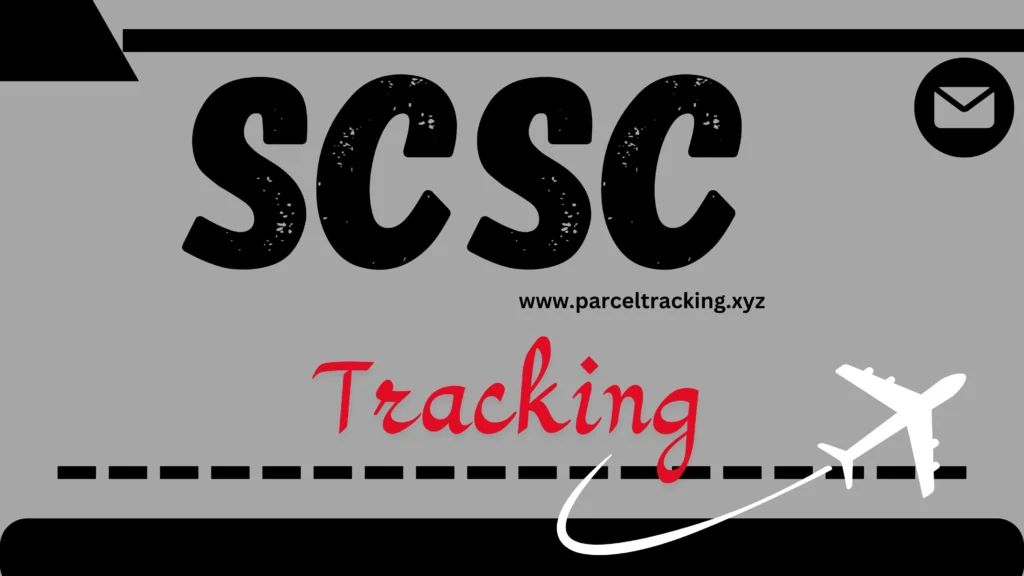
How to Choose an SCSC Tracking Solution
Consider Your Needs
Before picking a tracking system, think about:
- How many shipments do you handle
- What kinds of goods do you ship
- Where do your shipments go
- What information matters most
- Your budget for tracking
Key Features to Look For
Good tracking solutions should have:
- Easy-to-use interfaces
- Reliable tracking updates
- Strong security features
- Good customer support
- Reasonable costs
Implementation Steps
Getting Started
Setting up SCSC tracking involves several steps:
- Choose your tracking system
- Install needed equipment
- Train your team
- Test the system
- Start tracking shipments
Best Practices
To get the most from SCSC tracking:
- Keep equipment well-maintained
- Update software regularly
- Train new users properly
- Monitor system performance
- Review tracking data often
Common Challenges and Solutions
Technical Issues
Sometimes tracking systems face problems like:
- Signal losses
- Device failures
- Software glitches
- Data errors
Good support and backup systems help solve these issues quickly.
Training Needs
People need time to learn new systems. Help your team by:
- Providing clear instructions
- Offering regular training
- Creating user guides
- Having support available
- Encouraging questions
Future of SCSC Tracking
Emerging Technologies
New developments are making tracking even better:
- Artificial Intelligence helps predict problems
- Blockchain makes data more secure
- Internet of Things connects more devices
- 5G networks speed up communications
- Advanced sensors gather more information
Industry Trends
The shipping industry keeps changing. Future trends include:
- More automated systems
- Better environmental monitoring
- Stronger security features
- Faster data processing
- Improved customer updates
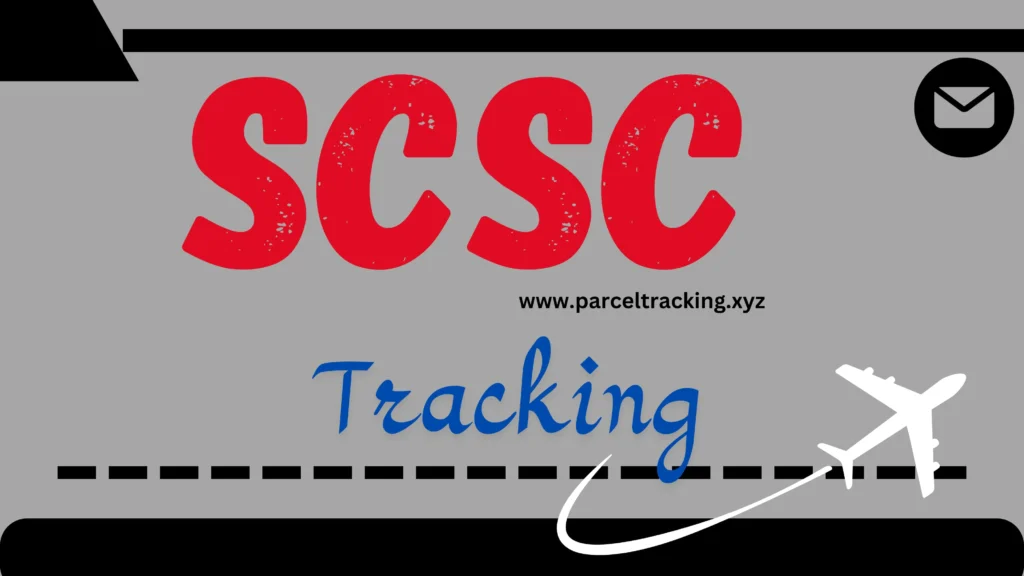
Environmental Impact
Sustainability Benefits
Good tracking helps the environment by:
- Reducing wasted trips
- Lowering fuel use
- Optimizing routes
- Preventing cargo loss
- Improving efficiency
Green Initiatives
Many tracking systems now include features for:
- Carbon footprint tracking
- Fuel efficiency monitoring
- Environmental impact reports
- Sustainable routing options
- Waste reduction planning
Conclusion
SCSC tracking has become essential for modern shipping. It helps companies save money, improve service, and protect cargo. As technology improves, tracking systems will get even better at helping businesses manage their shipments.
Remember these key points:
- Good tracking improves operations
- Modern systems offer many features
- Choose solutions that fit your needs
- Keep learning about new developments
- Focus on proper implementation
By following these guidelines and using SCSC tracking well, businesses can better manage their shipping operations and keep customers happy.
Frequently Asked Questions About SCSC Tracking
1. What exactly is SCSC tracking and why do I need it?
SCSC tracking is a system that monitors shipping containers and cargo throughout their journey. Think of it as a digital watchdog that keeps an eye on your shipments 24/7. You need it because it helps prevent lost shipments, provides real-time updates, and helps you manage deliveries more effectively. For businesses shipping valuable goods, it’s like having a security guard and personal assistant rolled into one.
2. How accurate is SCSC tracking in showing container locations?
Modern SCSC tracking systems are highly accurate, typically pinpointing containers within 10-50 meters of their actual location. The accuracy depends on the type of tracking technology used and the surrounding environment. In open areas, GPS tracking can be as precise as a few meters, while in crowded ports or indoor facilities, the accuracy might be slightly lower. Most systems update locations every 15-30 minutes.
3. What happens if my tracking device stops working?
If a tracking device fails, most systems have built-in backup measures. First, the system sends an immediate alert to both the shipping company and the tracking service provider. The last known location is recorded, and the container can still be tracked through traditional shipping documents and checkpoint scans. Many modern devices also have backup batteries and secondary tracking methods.
4. Can SCSC tracking work in remote areas or at sea?
Yes, SCSC tracking works in most remote areas and at sea through satellite communication systems. While regular cellular networks might not be available, satellite tracking ensures continuous monitoring. The update frequency might be lower in very remote areas to conserve power, but the system still maintains regular position reporting. Think of it like having a global network of watchtowers keeping an eye on your shipment.
5. How much does SCSC tracking typically cost?
The cost of SCSC tracking varies based on your needs. Basic tracking might cost $10-30 per container per month, while advanced systems with real-time monitoring and additional sensors can range from $50-150 monthly. Many providers offer package deals for multiple containers. Remember to consider both the initial equipment costs and monthly service fees when budgeting.
6. Can I track the temperature and other conditions inside the container?
Yes, modern SCSC tracking systems can monitor various conditions inside containers. Advanced sensors can track:
- Temperature (useful for food and medicine)
- Humidity levels (important for electronics)
- Light exposure (detecting unauthorized openings)
- Shock and vibration (monitoring handling)
- Air quality (for sensitive materials)
These measurements are especially important for sensitive cargo that needs specific conditions to stay safe.
7. How secure is the tracking data?
SCSC tracking data is protected by multiple security layers. Most systems use encrypted communications, secure servers, and password-protected access. Think of it like a digital safe that only authorized people can open. Companies regularly update their security measures to protect against new threats, and many systems now use blockchain technology for added security.
8. What training does my staff need to use SCSC tracking?
Most modern tracking systems are user-friendly and require minimal training. Basic training typically takes 2-4 hours and covers:
- Using the tracking software
- Reading tracking data
- Setting up alerts
- Handling common issues
- Basic troubleshooting
Additional advanced training might be needed for system administrators or technical staff.
9. Can I integrate SCSC tracking with my existing business software?
Yes, most SCSC tracking solutions can integrate with common business software through APIs (Application Programming Interfaces). This means your tracking system can work with:
- Warehouse management systems
- Customer service platforms
- Inventory control software
- Accounting systems
- Planning tools
Think of it like adding a new piece to your existing business puzzle – it’s designed to fit and work with what you already have.
10. How do I choose the right SCSC tracking provider?
Selecting the right tracking provider involves considering several factors:
First, look at your specific needs:
- How many containers do you ship?
- What types of goods do you transport?
- Which routes do you commonly use?
- What features are most important to you?
Then, evaluate providers based on:
- System reliability
- Customer support quality
- Cost structure
- Integration capabilities
- User reviews and reputation
Think of it like choosing a business partner – you want someone reliable, experienced, and able to grow with your needs.
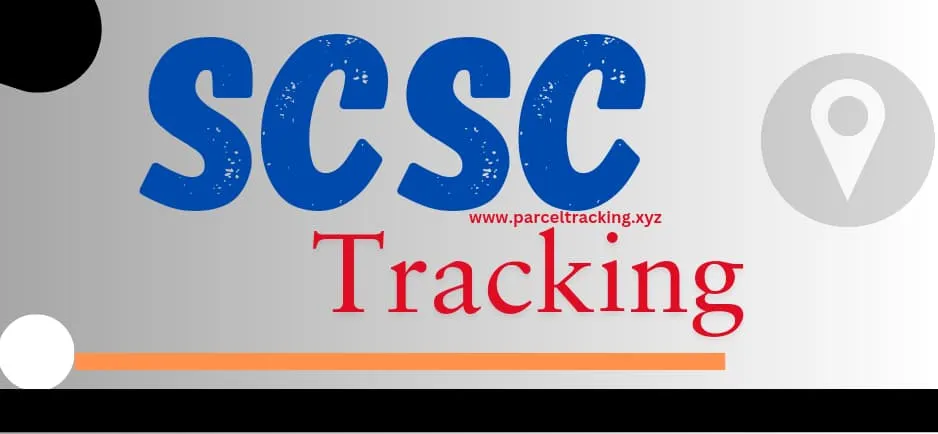
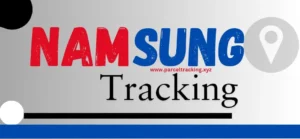
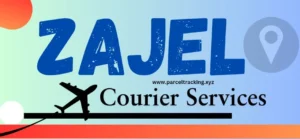
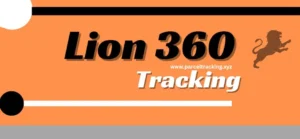
Your post is amazing. I loved how you presented it. Thanks for posting such a great post.
You’ve provided valuable knowledge that will certainly help me in my endeavors.